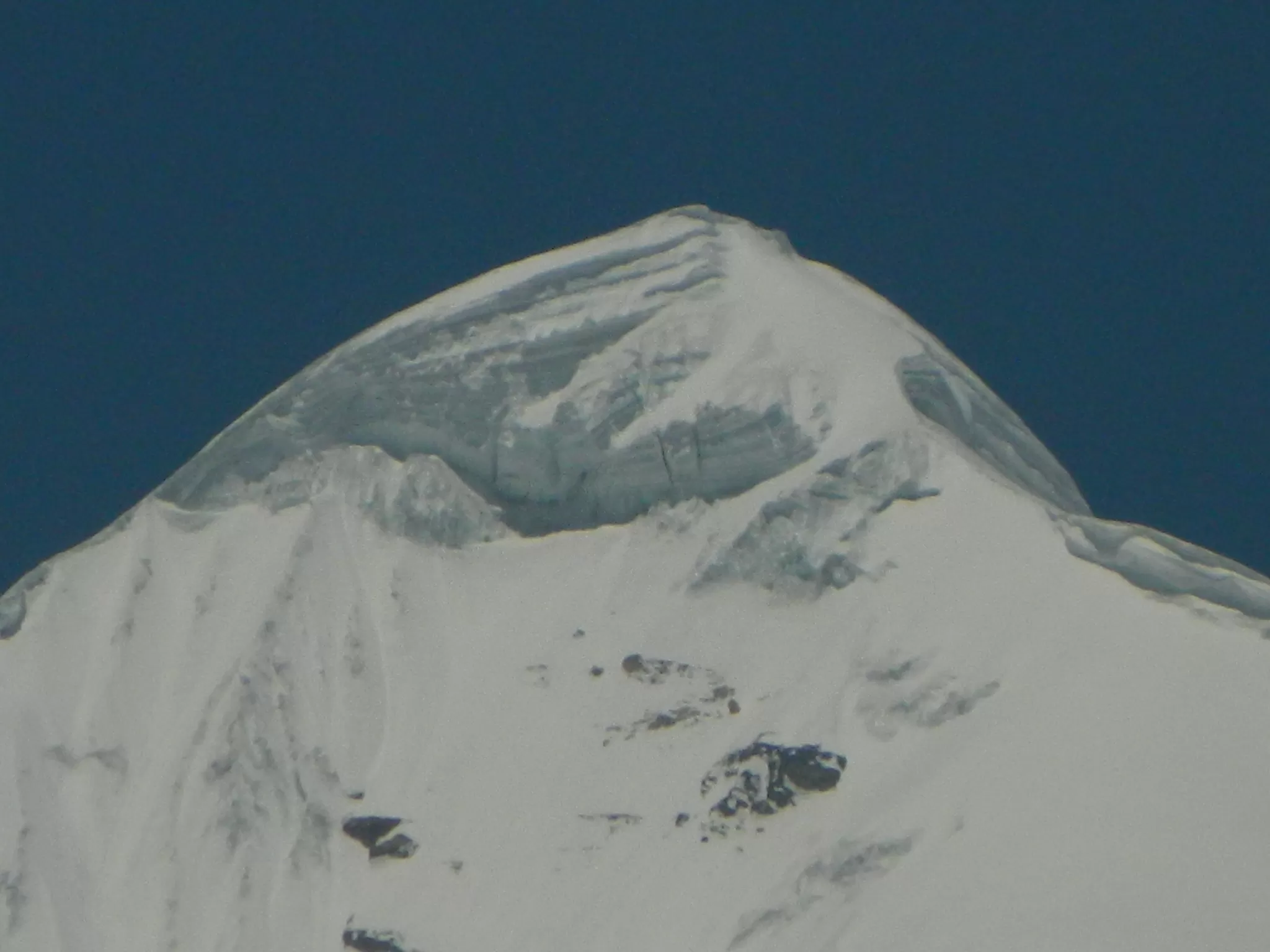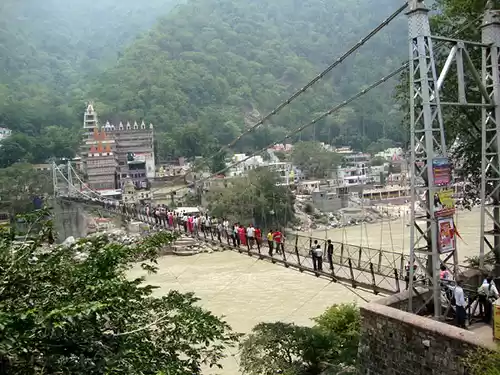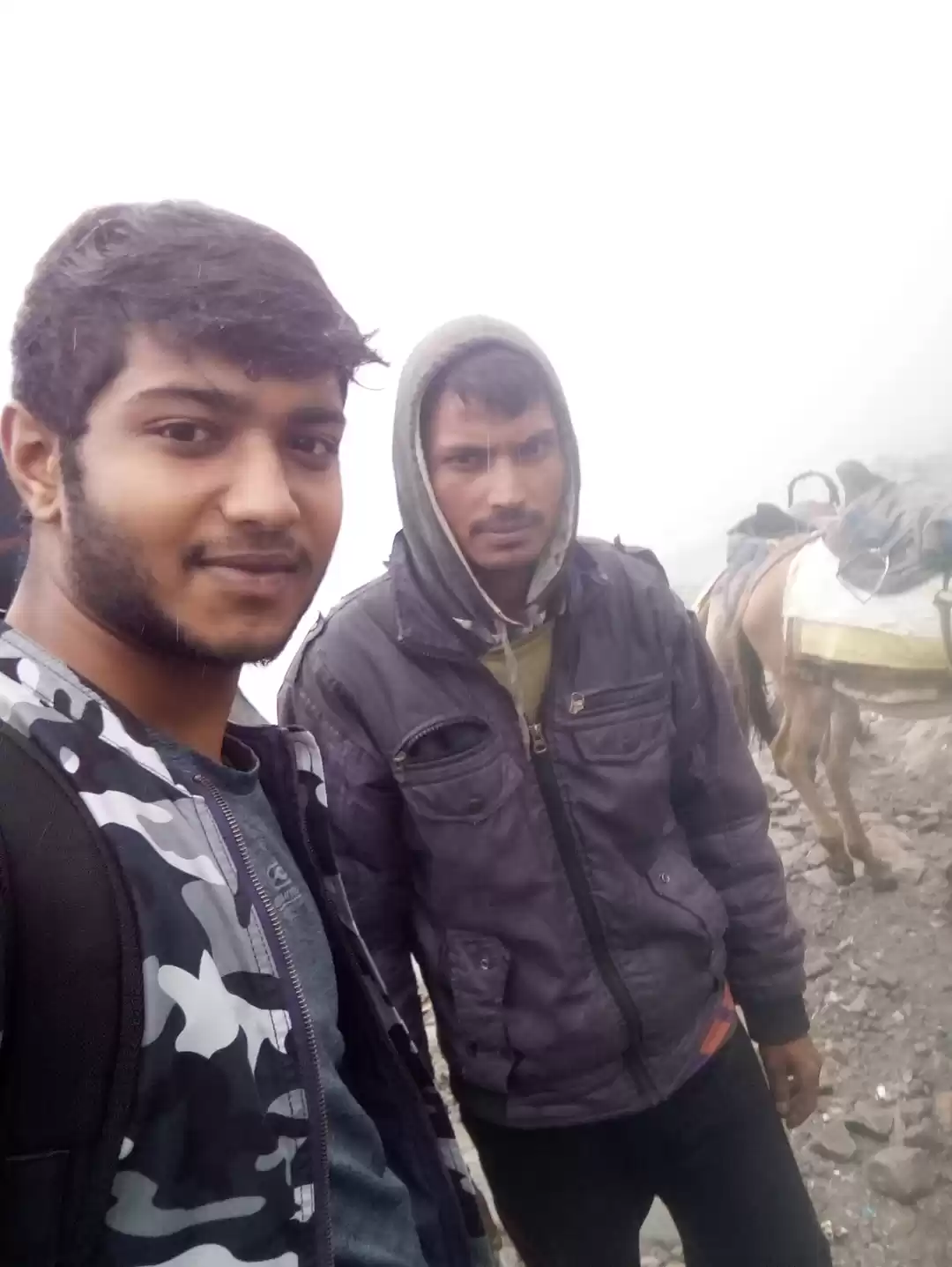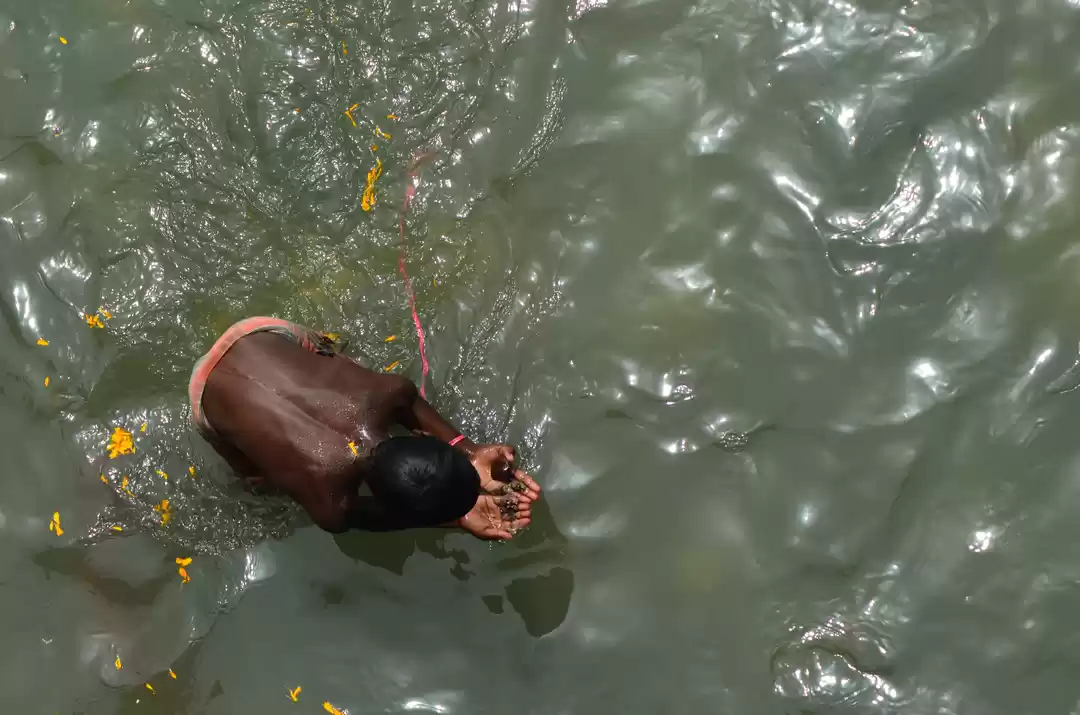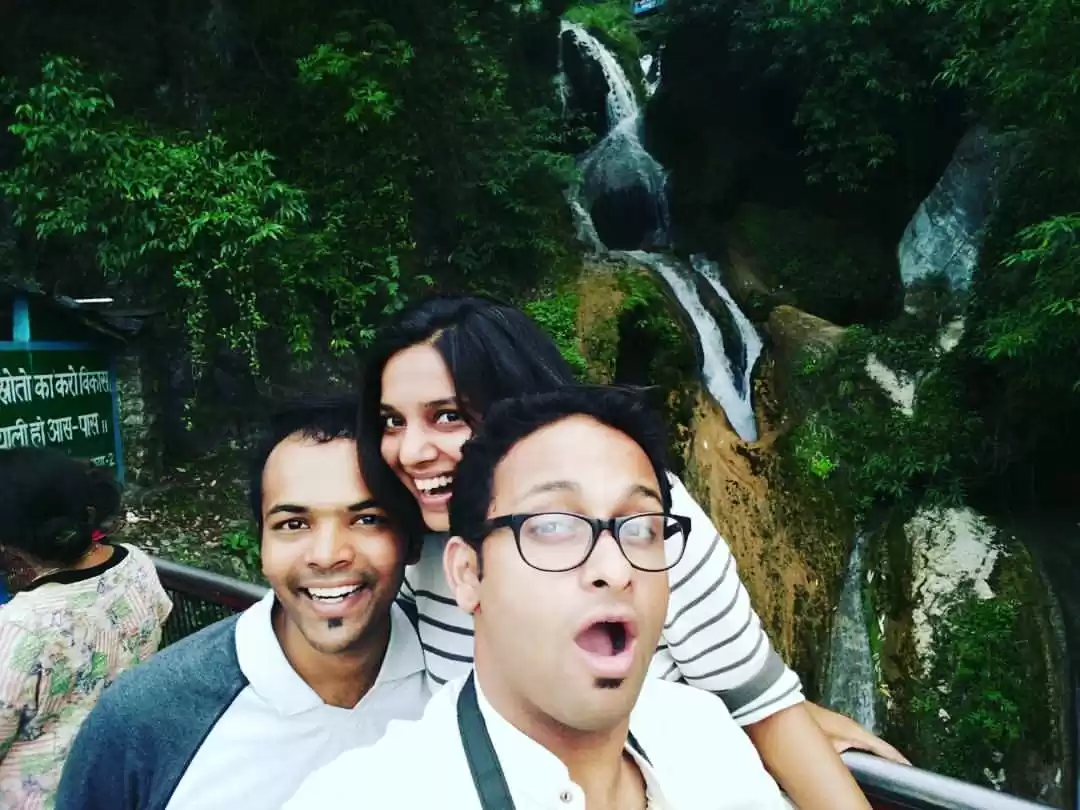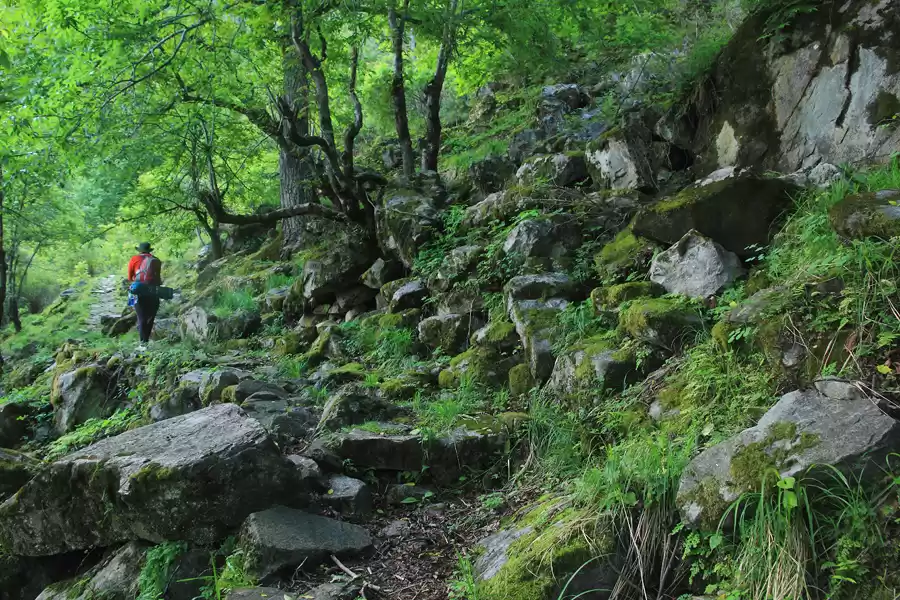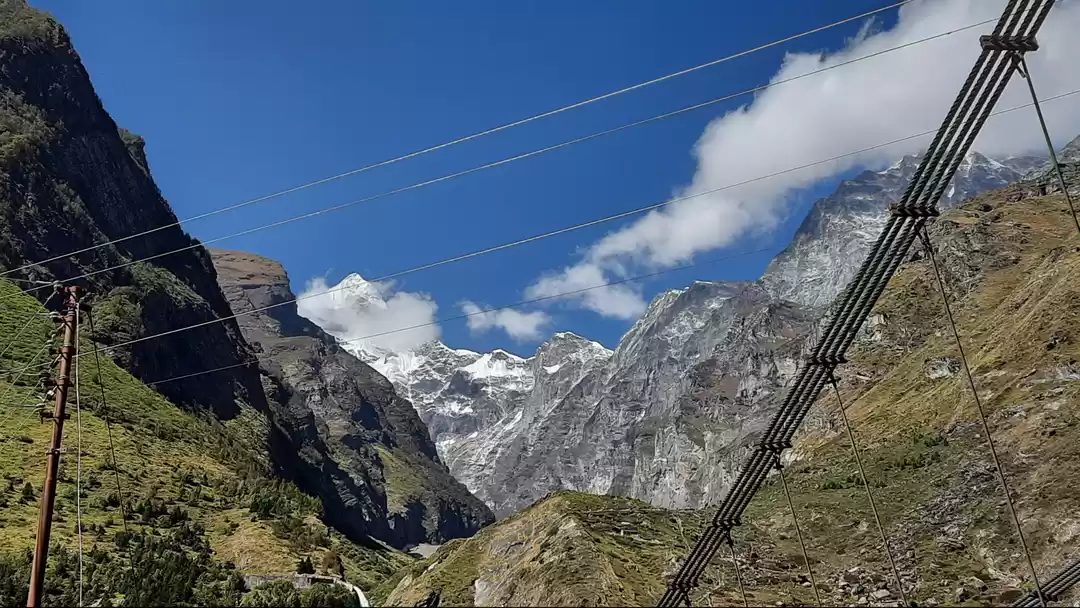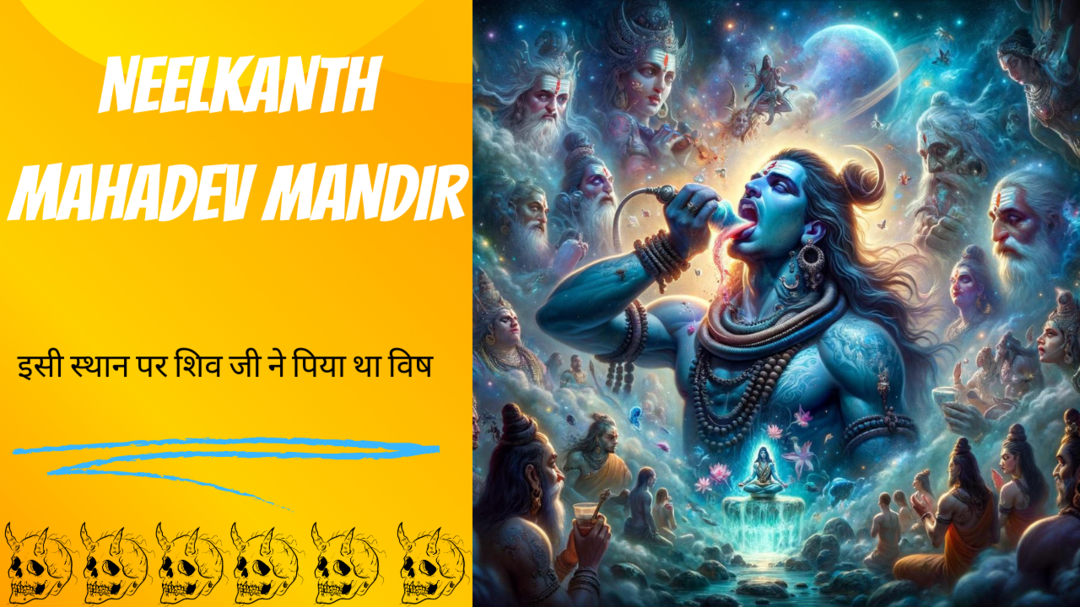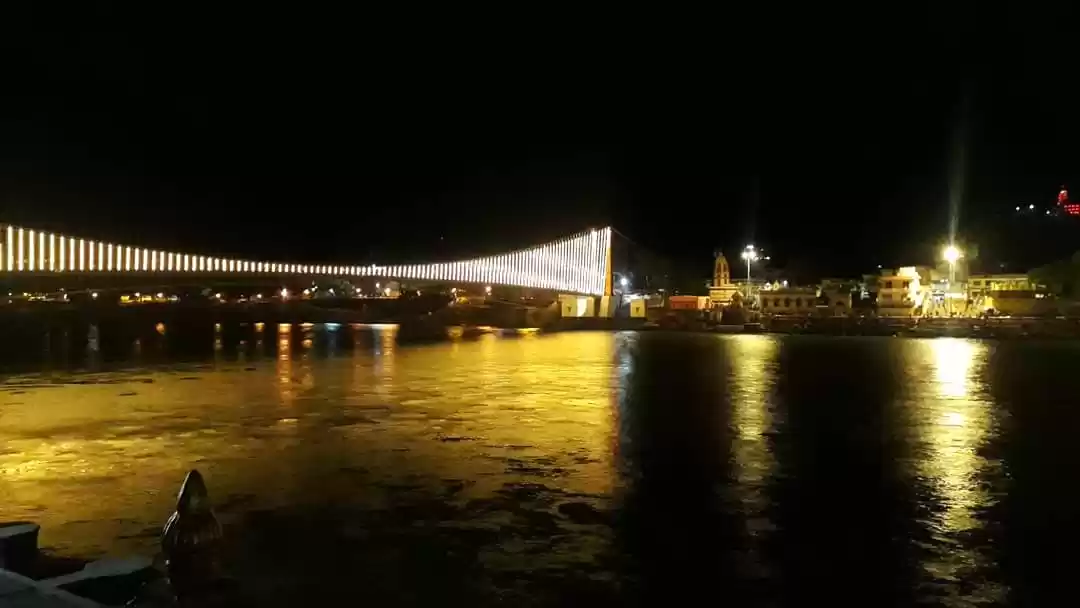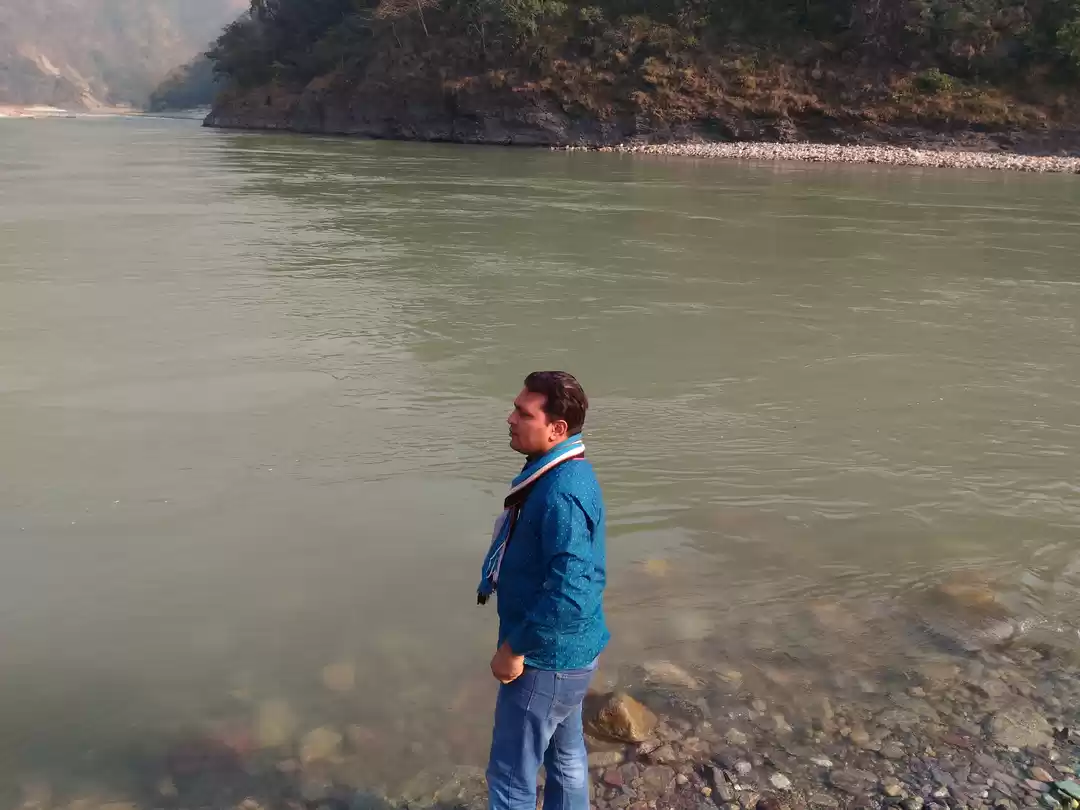Have you ever wondered what it would be like to witness a sunrise from the top of a snow-capped mountain in the Himalayas? Or to gaze at a stunning view of a sacred temple and a serene river from a height of over 6,000 meters? If you have, then you should definitely add Neelkanth Peak to your bucket list.
Neelkanth Peak is one of the most spectacular and challenging mountains in the Himalayas. It is located near Badrinath, one of the four holy pilgrimage sites for Hindus in Uttarakhand, India. Neelkanth Peak is also known as the Garhwal Queen because of its beauty and prominence.
In this article, we will tell you everything you need to know about Neelkanth Peak and Badrinath, including their history, significance, attractions, and activities. We will also give you some tips and advice on how to plan your trip and make the most of your experience. Whether you are looking for a spiritual journey, an adventurous expedition, or a scenic getaway, Neelkanth Peak and Badrinath have something for everyone.
Neelkanth Peak: A Sacred Symbol of Hinduism
Neelkanth Peak is not just a mountain, but a sacred symbol of Hinduism. The name Neelkanth means blue-throated and is associated with Lord Shiva, one of the main deities in Hinduism. According to Hindu mythology, Lord Shiva drank the poison that emerged from the churning of the ocean (Samudra Manthan) to save the world. The poison turned his throat blue, hence the name Neelkanth.
Neelkanth Peak is believed to be the place where Lord Shiva meditated after drinking the poison. It is also said that he cursed the sage Narada for disturbing his meditation, which resulted in the formation of the peak. The peak has a distinctive shape that resembles a pyramid with a flat top. It is also known as the Sahasrara, which means the crown chakra in Hindu philosophy.
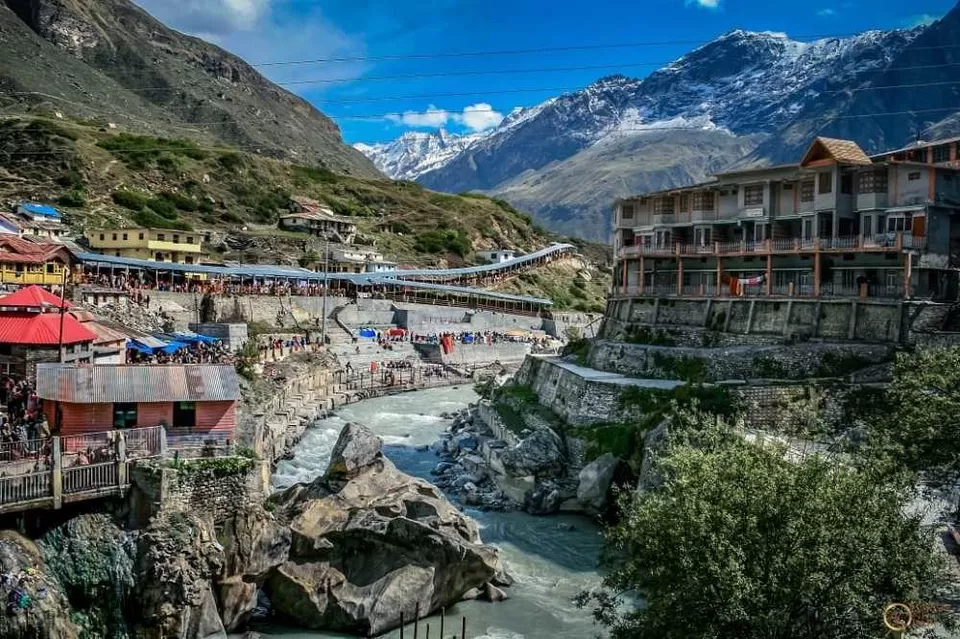
Neelkanth Peak is revered by Hindus who visit Badrinath to pay their respects to Lord Vishnu, another main deity in Hinduism. Badrinath is one of the four Char Dhams, or holy abodes, of Lord Vishnu in India. The other three are Dwarka, Rameshwaram, and Puri. Badrinath is also one of the 108 Divya Desams, or holy shrines, dedicated to Lord Vishnu.
The Badrinath Temple is the main attraction in Badrinath. It is situated on the banks of the Alaknanda River, which is one of the tributaries of the Ganges River. The temple was built by Adi Shankara, a revered Hindu philosopher and reformer, in the 8th century CE. The temple has a colorful facade and a conical roof. The idol of Lord Vishnu inside the temple is made of black stone and depicts him sitting in a meditative pose.
The best time to visit the Badrinath Temple is during the morning or evening aarti, or prayer ceremony, when the temple is illuminated with lamps and chants fill the air. The temple is open from April to November every year. The rest of the year, it is closed due to heavy snowfall.
The view of Neelkanth Peak from the Badrinath Temple is mesmerizing. The peak glows with different colors depending on the time of the day and the season. The most spectacular sight is during sunrise, when the peak turns golden and reflects on the river. Many pilgrims and tourists take pictures of this amazing phenomenon and cherish it as a lifetime memory.
Neelkanth Peak: A Challenging Destination for Trekkers and Climbers
Neelkanth Peak is not only a sacred symbol of Hinduism, but also a challenging destination for trekkers and climbers. The peak has an altitude of 6,596 meters (21,640 feet) and is considered one of the most difficult mountains to climb in India.

The first successful ascent of Neelkanth Peak was made by a British expedition led by Eric Shipton in 1957. Since then, only a few expeditions have reached the summit. The peak has three main routes: the north ridge, the south ridge, and the west ridge. Each route has its own challenges and rewards.
The north ridge is the most popular and easiest route to climb Neelkanth Peak. It starts from Badrinath and follows a glacier to reach a col (a saddle between two peaks). From there, it ascends along a rocky ridge to the summit. The route takes about 10 days to complete and requires technical skills and equipment.
The south ridge is the most difficult and dangerous route to climb Neelkanth Peak. It starts from Mana, a village near Badrinath, and crosses a steep and exposed ridge to reach a col. From there, it climbs a steep ice wall to the summit. The route takes about 15 days to complete and requires high levels of fitness and experience.
The west ridge is the most scenic and adventurous route to climb Neelkanth Peak. It starts from Joshimath, a town near Badrinath, and follows a valley to reach a base camp. From there, it traverses a glacier and a snow slope to reach a col. From there, it climbs a mixed terrain of rock and ice to the summit. The route takes about 20 days to complete and requires moderate skills and equipment.
The best time to climb Neelkanth Peak is from May to October, when the weather is stable and the snow conditions are favorable. However, the weather in the Himalayas is unpredictable and can change anytime. Therefore, it is advisable to check the weather forecast and prepare accordingly.
If you are planning to climb Neelkanth Peak, you will need a permit from the Indian Mountaineering Foundation (IMF), which is the governing body for mountaineering in India. You will also need a guide, a porter, and a cook, who can help you with the logistics and safety of your expedition. You can hire them from local agencies or online platforms.
Climbing Neelkanth Peak is not for everyone, but for those who have the passion, courage, and determination to do it. It is a once-in-a-lifetime opportunity to test your limits and witness the beauty and glory of nature.
Also check out: This Peak in China Defies All Scientific Theories and Is Known to Be Unclimbable
Neelkanth Peak: A Spectacular View from Badrinath
If you are not into climbing, but still want to enjoy the view of Neelkanth Peak, you can do so from Badrinath. Badrinath is not only a religious destination, but also a scenic destination. It is surrounded by majestic mountains, lush green valleys, and crystal clear rivers.
There are many places to stay and eat in Badrinath that offer a good view of Neelkanth Peak. Some of them are:

Sarovar Portico:
This is a 4-star hotel that offers comfortable rooms with modern amenities and balconies overlooking Neelkanth Peak. It also has a restaurant that serves delicious Indian and continental cuisine.
GMVN Tourist Bungalow:
This is a government-run guest house that offers basic rooms with attached bathrooms and hot water facilities. It also has a cafeteria that serves simple vegetarian food.

Narayan Palace:
This is a 3-star hotel that offers cozy rooms with wooden interiors and windows facing Neelkanth Peak. It also has a restaurant that serves tasty Indian and Chinese cuisine.
Other attractions and activities in Badrinath
There are also many other attractions and activities in Badrinath that complement the experience of seeing Neelkanth Peak. Some of them are:

Tapt Kund:
This is a natural hot spring that is located near the Badrinath Temple. It is believed that bathing in this spring cleanses one’s sins and cures one’s ailments. The water temperature is around 45°C (113°F) and has medicinal properties.

Vasudhara Falls:
This is a waterfall that is located about 9 km (5.6 miles) from Badrinath. It is accessible by trekking or by hiring a pony. The waterfall has a height of about 400 meters (1,312 feet) and creates a rainbow effect when the sun shines on it.

Bheem Pul:
This is a natural bridge that is located near Mana village. It is made of a huge rock that spans across the Saraswati River. It is believed that Bheem, one of the Pandava brothers from the epic Mahabharata, placed this rock to help his wife Draupadi cross the river.
Badrinath is a place where you can experience spirituality, adventure, and nature at their best. It is a place where you can feel the presence of God and His creation.
Neelkanth Peak is one of the most amazing mountains in the world. It is not only a sacred symbol of Hinduism, but also a challenging destination for trekkers and climbers. It is also one of the most beautiful sights to see from Badrinath, one of the holiest pilgrimage sites for Hindus in India.
You may also like to check out Sapna Tiwari's Chandrashila Trek: A Weekend Adventure in the Himalayas
If you are looking for a trip that will enrich your soul, challenge your body, and delight your eyes, then you should definitely visit Neelkanth Peak and Badrinath. You will not regret it.
We hope this article has given you some useful information and inspiration about Neelkanth Peak and Badrinath. If you have any questions or feedback, please let us know in the comments section below. We would love to hear from you!


